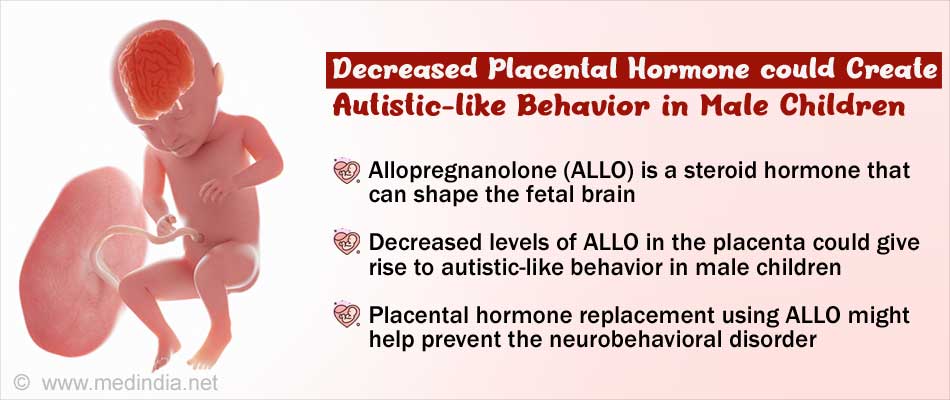Anxiety is salient right now with the pandemic, and it’s potentially debilitating to autistic individuals, so it’s important to understand what’s happening in the brain.
The amygdala is a small, almond-shaped structure in the brain. It plays a key role in processing emotion, particularly fear, and studies have linked it to both autism and anxiety.
Anxiety commonly occurs with autism. Previous research has found that the rate of anxiety is 69% in autistic children and 8% in non-autistic children.
But until now, no one had looked at the development of the amygdala over time in autistic individuals, concerning different forms of anxiety.
To find that, the research team used magnetic resonance imaging (MRI) to scan the brains of 71 autistic and 55 non-autistic children between the ages of 2 and 12.
Children were scanned up to four times. All were participants in the Autism Phenome Project, a longitudinal study that started in 2006 at the MIND Institute.
Clinical psychologists with expertise in autism interviewed the parents about their child. The interviews were done when children were 9-12 years old. They included questions about traditional anxiety, as defined by the DSM-5, a manual used to diagnose mental health conditions.
The psychologists used the Anxiety Disorders Interview Schedule (ADIS) as well as the Autism Spectrum Addendum (ASA), a tool developed to tease out autism-specific anxieties.
The results showed that nearly half of the autistic children had traditional anxiety or autism-distinct anxiety, or both. The opposite was true for autistic children with autism-distinct anxieties: They had significantly smaller amygdala volumes.
Different autistic subgroups may have different underlying brain changes. If lumped both traditional and distinct anxieties together, the amygdala changes would have canceled each other out and they would not have detected these different patterns of amygdala development.
The research into autism-distinct anxiety is new, and the authors note that the results would need to be replicated, but the study makes a strong case for it.
Given that clear brain, alterations are associated with autism-distinct anxiety tends to validate the concept of the existence of this type of anxiety in autism.
In the future, the researchers plan to examine how the amygdala interacts with other regions of the brain.
Source: Medindia



